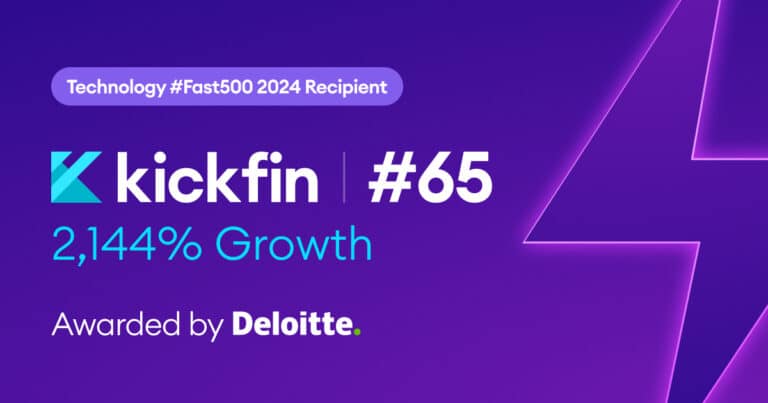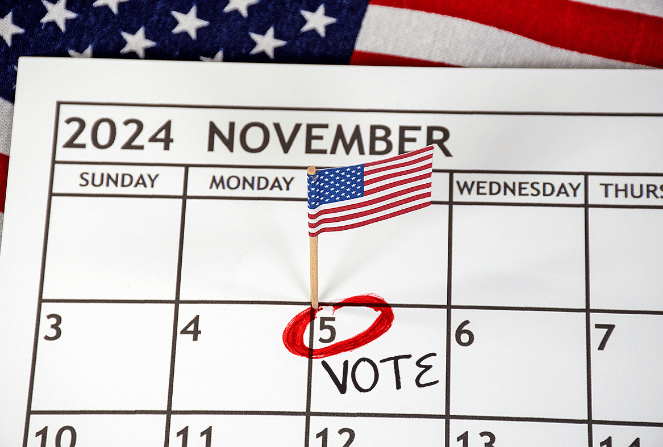Real talk: millennials have gotten a bad rap over the years. At best, they’ve been a puzzle everyone wants to solve; at worst, their name has become a catch-all for anyone under the age of 23 who comes across as entitled unmotivated, or lacking ambition.
But millennials aren’t kids anymore. In fact, a lot of them are out of school and have families of their own; some of them (ahem) are even staring down middle age. And they now make up the bulk of the hospitality workforce as employees and managers — and increasingly as owners, executives and consultants.
If you’re operating a restaurant or bar, chances are, you’ve probably got a team of millennials. Even if you’re a millennial yourself, you might be scratching your head as to how to manage them in a way that engages them, motivates them to work hard, and makes them want to stick around.
Good news: a little understanding can go a long way. Here are 5 things you should know about your millennial restaurant employees that will make work more productive and pleasant for everyone (yes, yourself included).
1. Set them free (within reason).
Maybe you’ve heard millennials have a problem with authority — and for some of them, that’s probably true. But it’s no more of an epidemic for millennials than it was for their predecessors.
What is different, however, is their very obvious desire for freedom. Millennials, on the whole, are wary of being tied down. Compared to Baby Boomers and Gen Xers, they’re enthralled with the idea of a life in constant motion. FOMO (fear of missing out) is a real thing, both on a random Friday night, but also when it comes to the bigger picture— because millennials want to see and do and experience everything.
As restaurant employees, it doesn’t mean they’re unreliable or impossible to pin down. But it does mean they’re more open to moving from one job to the next, unlike their parents and grandparents who tended to stick with an employer for the long haul.
So how do you keep them around and give them the freedom they crave?
- Train and teach: There’s nothing less freeing than feeling like you’re being micromanaged. As a restaurant owner, you won’t have to do that if you create an effective and efficient onboarding program that clearly communicates responsibilities, policies and procedures from the get-go. And remember: training isn’t a one-and-done kind of deal. It should be ongoing, so that you’re always reinforcing good habits.
- …and then, trust: A Harvard Business Review article defines workplace freedom as “trusting employees to think and act independently.” That doesn’t mean your restaurant becomes a free-for-all; it means if you’ve hired the right people, implemented the right framework, and communicated it to your team, then everyone should feel equipped and empowered to succeed in their roles — no hovering required.
- Let them share: Hopefully, you’re hiring smart, curious people who have been shaped by many diverse experiences. Give them the freedom and space to share ideas, give feedback, or contribute in ways beyond the role they were hired to do, if they express an interest or desire. At the very least, they’ll appreciate your willingness to listen and your trust in their perspective.
2. Be flexible
Freedom and flexibility go hand in hand. Many hospitality workers have chosen this line of work because it offers some level of flexibility that other jobs don’t — it’s not a 9-to-5, stuck-in-a-cube kind of gig. And while this is a true career for some people on your team, for others, it’s a job they’re able to work around school, or family duties, or another job.
But restaurant employees — from hostesses to servers to line cooks to chefs — are some of the most overworked people in the modern workforce. And the keyword there is people: they’re not assets or line items. They’ve got lives beyond the four walls of your business.
Fairness and compassion go without saying. Being accommodating is simply the right thing to do when circumstances arise that are beyond their control. But if you get a little creative, there are other ways to provide a little flexibility to your millennial employees:
- Millennials increasingly gravitate toward remote-friendly, work-from-home jobs. Obviously, unless they’re planning to seat people in their very own kitchen, it’s hard to work remotely when you’re a restaurant employee. But perhaps you can choose to make some of your team meetings virtual, or maybe you can give digital access to onboarding and training materials.
- Another flexibility play is giving employees more control over schedule creation, while also ensuring that your team is actually large enough for the business you’re doing, so that it’s not impossible to get shifts covered as those needs arise.
3. Go digital.
Technology is a millennial’s one true love. There’s a “smart” everything these days, and no one is more enamored with (or appreciative of) the digital age than this crowd.
Millennials are well-versed in technology and they understand the efficiencies and capabilities that innovation can deliver at home and on the job. They’re also extremely well informed because they’re always connected to the rest of the world — so they know what else is out there.
That means, for employers, ignorance is not bliss. If you’re not leveraging the technologies that could make work and life easier for your people, then they’re probably well aware of that fact, and they have easy access to jobs with other employers who are doing it right.
For example: many restaurateurs have felt the pain of the labor crisis as their employees go after “gig economy” jobs with the Ubers and Lyfts of the world, whose platforms allow for real-time pay out. Taking advantage of industry innovation can help you win the battle for good labor.
Tools like Kickfin — which allow you to tip out employees in real time, directly to their bank accounts — or front-of-house solutions like workforce and table management software will certainly deliver ROI to you, but they’ll also show your team that you’re invested in their wellbeing and that you take care of your people.
Pro tip: Employee-facing software solutions should drive transparency and engagement across your whole team, not just your managers or operators. Selecting vendors that take the employee experience into account is incredibly important; it may be something as simple as having a well-designed app or an intuitive, easy-to-learn interface.
4. Give them purpose.
Work is work — there’s no way around it. But millennials are coming to the table (so to speak) with higher expectations. Yes, they’re willing to work, but they also want to be fulfilled and find meaning in what they’re doing.
It’s not about pride or being the most important person in the room; it’s about being a part of something bigger than themselves and contributing to a greater cause. Maybe your restaurant isn’t going to save the world or solve the hunger crisis, but every good business and brand should give its people and its customers a reason to believe.
So find out what that reason is, if you haven’t already. Know your mission, know your why — and share it with your team. Every single person you employ should be able to articulate this.
At the end of the day, there’s no code to crack or equation to solve. Like with any other employee or colleague, empathy will go a long way in establishing trust and transparency — two things that millennials value highly.
And here’s the good news: when you bring millennials into the fold, they tend to bring a lot of people with them. By winning their respect and loyalty, you’ll also win some of the best brand ambassadors you could ever hope to have.




